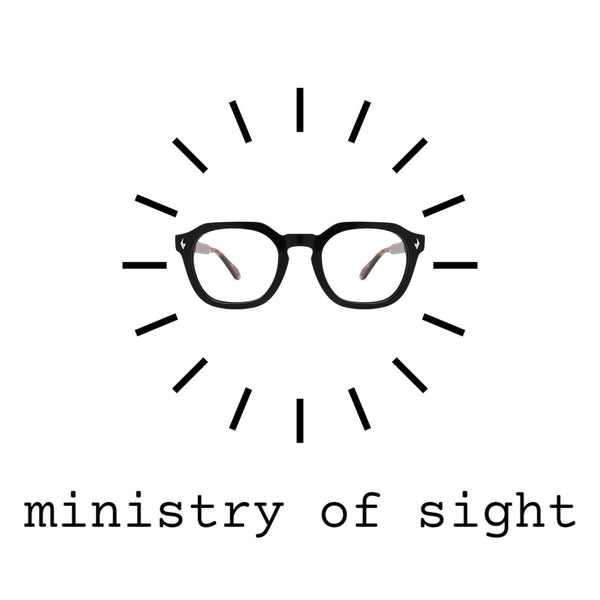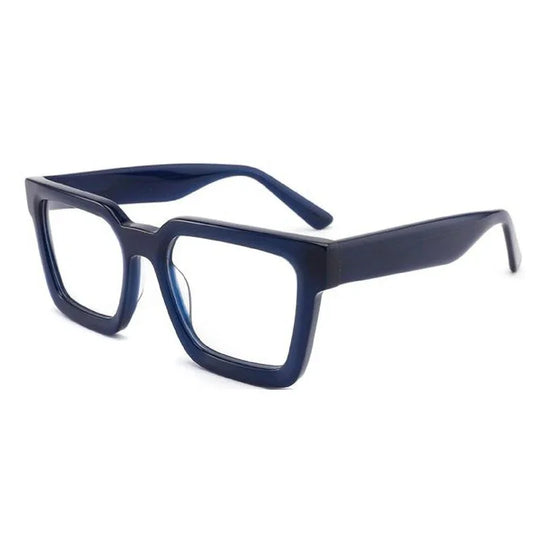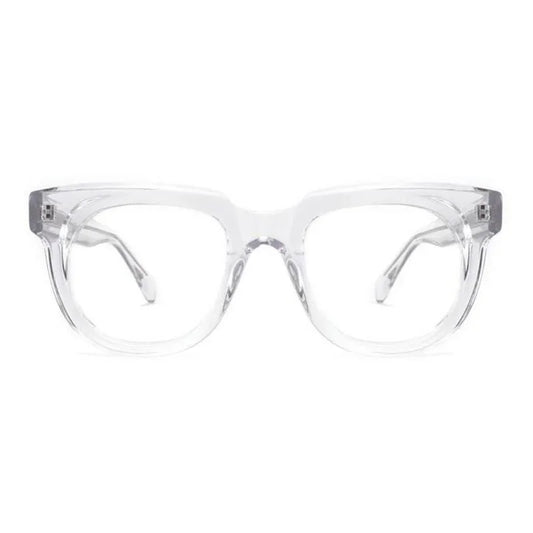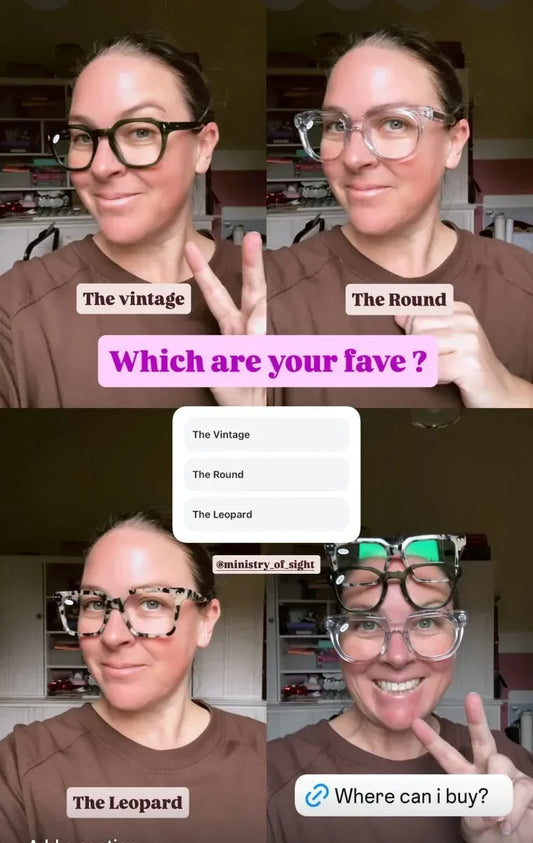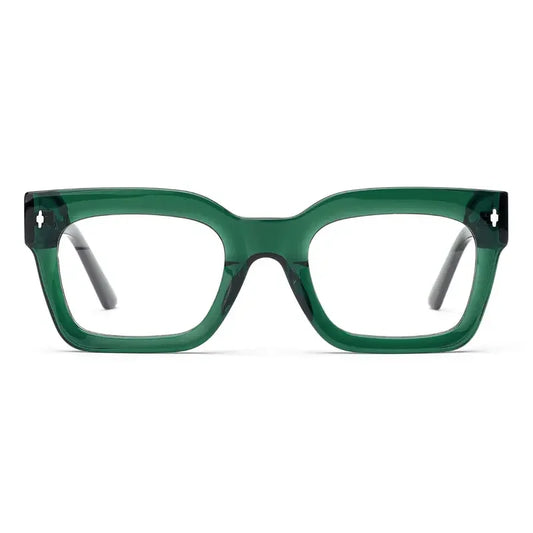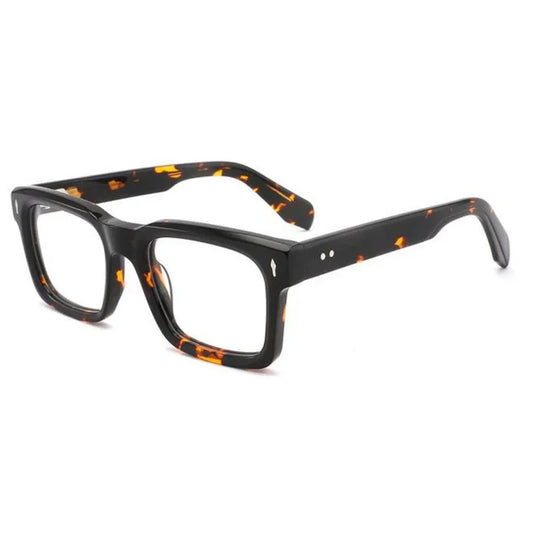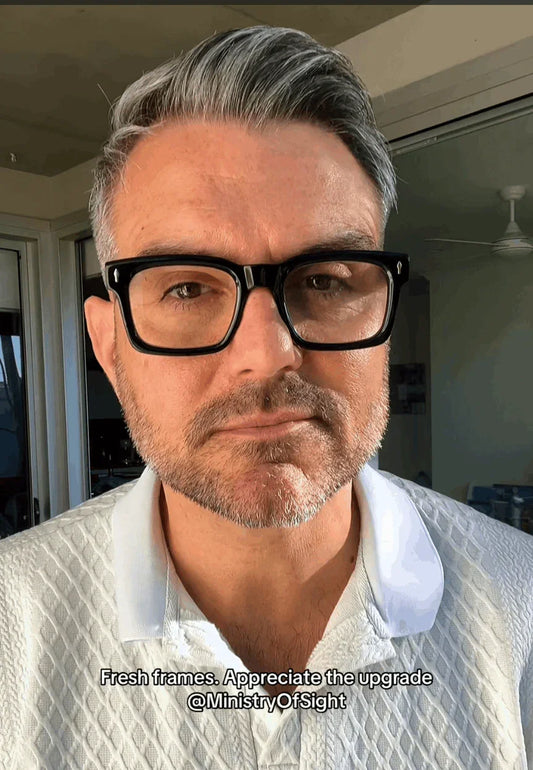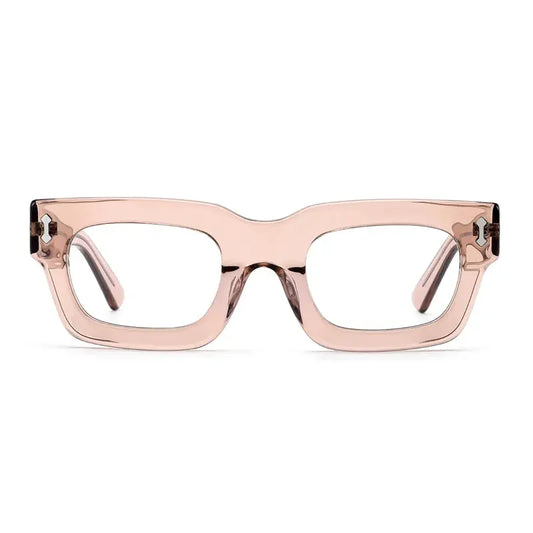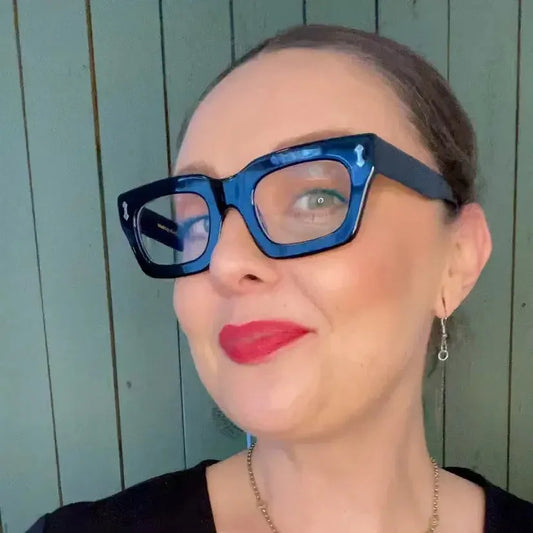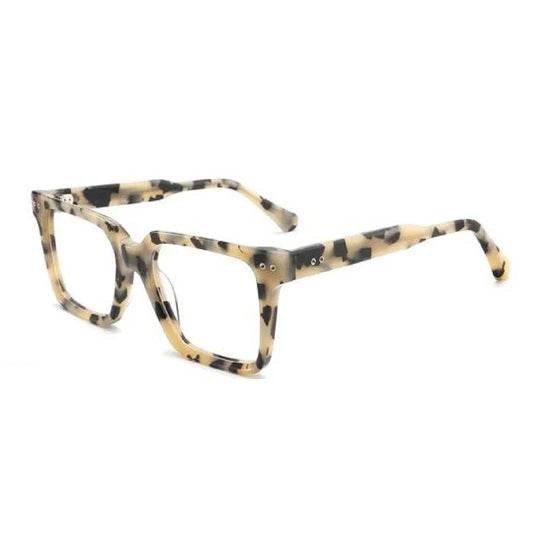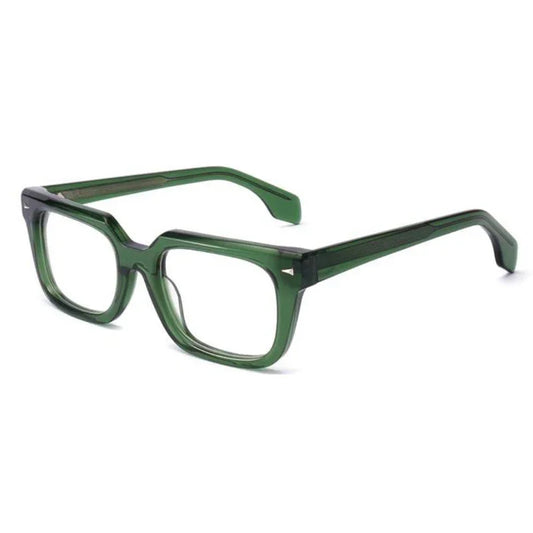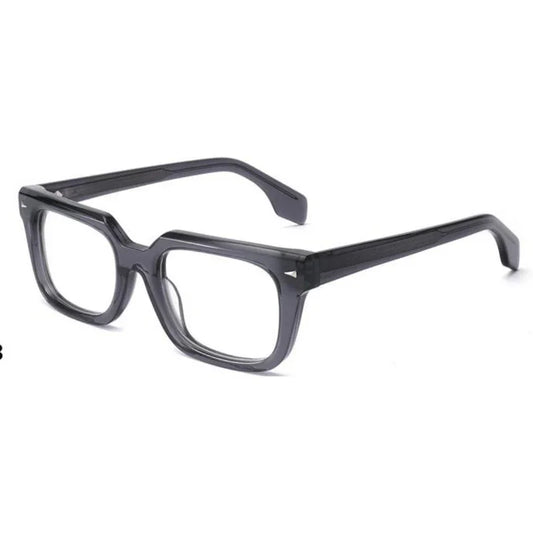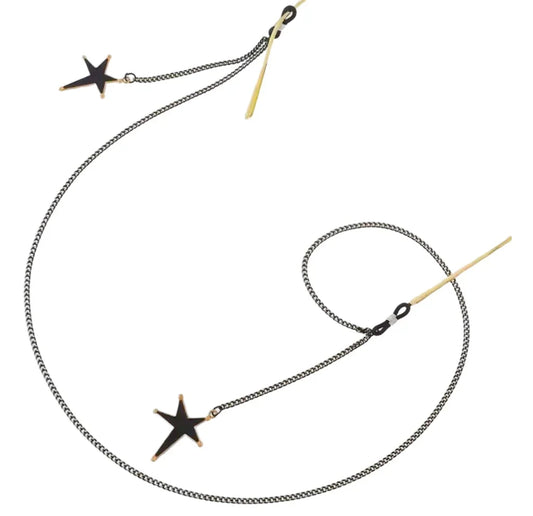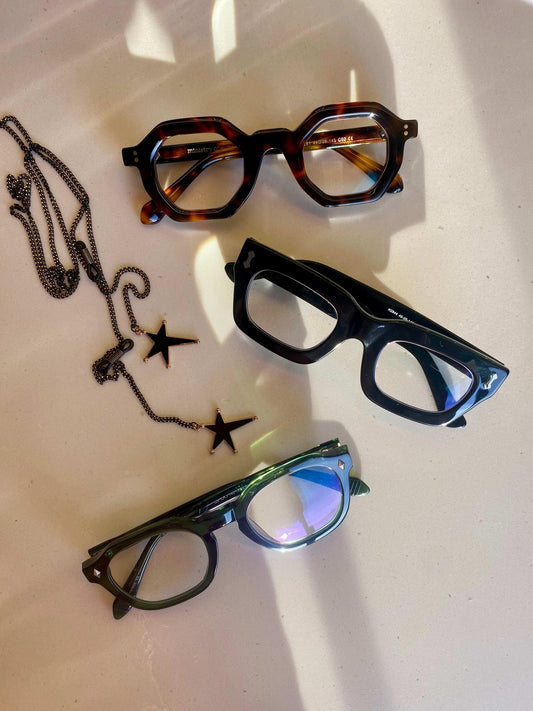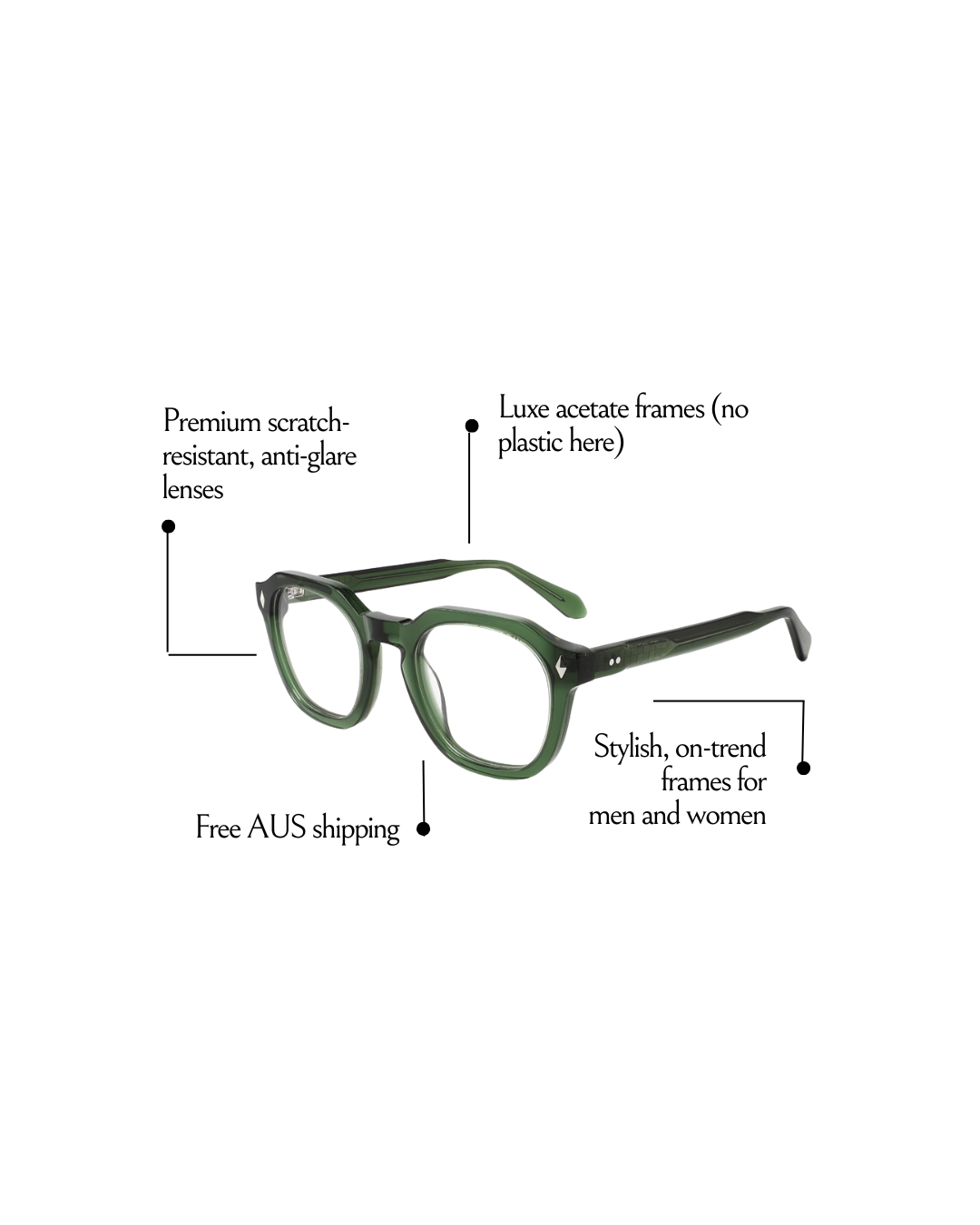
Understanding Your Reading Glasses Checklist for Better Vision
Reading small print suddenly gets tricky once you hit your forties. Nearly everyone starts noticing close-up words go blurry by age 40 thanks to presbyopia. Yet, most people think reading glasses signal fading health or old age creeping in. That is completely wrong. Reading glasses actually help you keep doing what you love without missing a beat.
Table of Contents
- What Are Reading Glasses And Who Needs Them?
- Why Is Vision Clarity Important For Over 40s?
- How Reading Glasses Improve Everyday Activities
- Key Factors To Consider In Your Reading Glasses Checklist
- Understanding Prescription Types And Lens Options
Quick Summary
| Takeaway | Explanation |
|---|---|
| Reading glasses help with presbyopia | Presbyopia affects most people over 40, causing near vision difficulties that reading glasses can correct. |
| Clear vision enhances daily productivity | Maintaining clear eyesight is crucial for executing tasks accurately and efficiently in both personal and professional settings. |
| Choose the right lens strength based on needs | Lens power is essential for effective reading glasses; it should be determined by age, tasks, and eye examinations. |
| Comfortable frames are vital for daily use | Select lightweight and flexible frames to ensure comfort and usability during extended wear throughout various activities. |
| Understand prescription types for best fit | Different prescription types cater to specific vision challenges; knowing your options can enhance visual comfort and performance. |
What are Reading Glasses and Who Needs Them?
Reading glasses represent a specialised vision correction tool designed to help people experiencing age-related vision challenges. As we grow older, our eyes naturally undergo changes that can make reading and close-up tasks increasingly difficult.
Understanding Presbyopia and Vision Changes
Ppresbyopia is a normal part of the natural aging process that impacts nearly everyone after age 40. This condition occurs when the eye’s lens becomes less flexible, making it harder to focus on nearby objects. Reading glasses provide a simple and effective solution by magnifying text and helping your eyes focus more easily.
Key characteristics of presbyopia include:
- Difficulty reading small print
- Need to hold reading materials further away
- Eye strain during close-up tasks
- Headaches when performing detailed visual work
Who Typically Needs Reading Glasses
While presbyopia is most common among adults over 40, several groups might benefit from reading glasses. Learn more about understanding reading glasses types to find the perfect fit for your vision needs.
Typical candidates for reading glasses include:
- Adults aged 40-65 experiencing near vision challenges
- Professionals who perform detailed visual work
- Individuals with jobs requiring extensive reading
- People experiencing eye fatigue during close-up tasks
Reading glasses are not a sign of declining health but a practical solution that helps maintain visual comfort and productivity. By addressing vision changes proactively, you can continue enjoying reading, work, and daily activities without unnecessary strain.
Why is Vision Clarity Important for Over 40s?
Vision clarity becomes increasingly critical as we age, impacting multiple aspects of personal and professional life. For individuals over 40, maintaining clear eyesight is not just about reading small text but preserving overall quality of life and independence.
Physical and Professional Performance
Clear vision directly influences professional productivity and daily functioning. When your eyesight remains sharp, you can perform intricate tasks with precision, whether working on detailed reports, enjoying hobbies, or managing household responsibilities. Explore the comprehensive reading glasses guide to understand how proper vision correction can enhance your performance.
Key professional and personal impacts of maintaining vision clarity include:
- Enhanced workplace accuracy and efficiency
- Reduced risk of errors in detailed tasks
- Improved confidence in professional settings
- Sustained independence in daily activities
Mental Health and Social Engagement
Declining vision can significantly affect psychological well-being. When people struggle to read, work, or engage in social interactions, it can lead to frustration, reduced self-confidence, and potential social withdrawal. Clear vision helps maintain cognitive engagement and supports emotional resilience.
Potential psychological consequences of untreated vision changes include:
- Increased risk of social isolation
- Higher likelihood of experiencing anxiety
- Potential development of depressive symptoms
- Reduced participation in enjoyable activities
Addressing vision changes proactively ensures you remain connected, confident, and capable. Reading glasses are not just a visual aid but a tool for maintaining your quality of life, enabling you to continue enjoying work, relationships, and personal pursuits with clarity and comfort.
How Reading Glasses Improve Everyday Activities
Reading glasses transform daily experiences by providing crystal-clear vision for close-up tasks that become increasingly challenging with age. These specialised vision correction tools offer more than just magnification they restore confidence and independence across multiple aspects of life.
Enhancing Personal and Professional Tasks
In both personal and professional settings, reading glasses enable precise interactions with detailed materials. Whether you are reviewing documents, threading a needle, or managing smartphone applications, these glasses eliminate the frustration of blurry vision. Learn more about understanding reading glasses roles to appreciate their comprehensive benefits.
Key everyday activities dramatically improved by reading glasses include:
- Reading books and magazines
- Completing paperwork and detailed documentation
- Enjoying crafts and intricate hobbies
- Managing digital device interactions
Restoring Comfort and Reducing Eye Strain
Reading glasses significantly reduce visual fatigue by allowing your eyes to focus effortlessly on nearby objects. Without proper vision correction, people often unconsciously strain their eye muscles, leading to headaches, temporary blurred vision, and increased discomfort during close-up work.
Potential improvements in physical comfort include:
- Decreased eye fatigue
- Reduced frequency of headaches
- Improved reading and working endurance
- More relaxed visual experience during detailed tasks
By addressing vision changes proactively, reading glasses become an essential tool that helps you maintain your lifestyle, independence, and enjoyment of detailed activities without compromise. They represent a simple yet powerful solution to age-related vision challenges.
Key Factors to Consider in Your Reading Glasses Checklist
Selecting the right reading glasses involves more than simply picking a pair that looks good. Understanding the critical elements that contribute to optimal vision correction ensures you make an informed choice that supports your visual health and comfort.
Understanding Lens Strength and Magnification
Determining the correct lens strength is fundamental to effective reading glasses. Lens power, measured in diopters, directly impacts how well you can see close-up text and perform detailed tasks. Discover helpful tips for choosing the right reading glasses to refine your selection process.
Key considerations for lens strength include:
- Your current age and natural vision changes
- Specific visual tasks you frequently perform
- Recommended diopter range based on professional eye examination
- Comfort and clarity during reading and close-up work
Frame Comfort and Lifestyle Compatibility
Beyond lens strength, the physical design of reading glasses plays a crucial role in daily usability. Frames should not only complement your personal style but also provide comfort during extended wear. Consider how different frame styles integrate with your professional and personal activities.
Important frame selection factors involve:
- Lightweight materials for extended comfort
- Flexible nose pads and temple arms
- Durability for daily use
- Aesthetic appeal matching your personal style
By carefully evaluating these essential factors, you can select reading glasses that provide clear vision, comfort, and confidence. Remember that individual vision needs vary, so consulting with an eye care professional remains the most reliable approach to finding your perfect reading glasses.
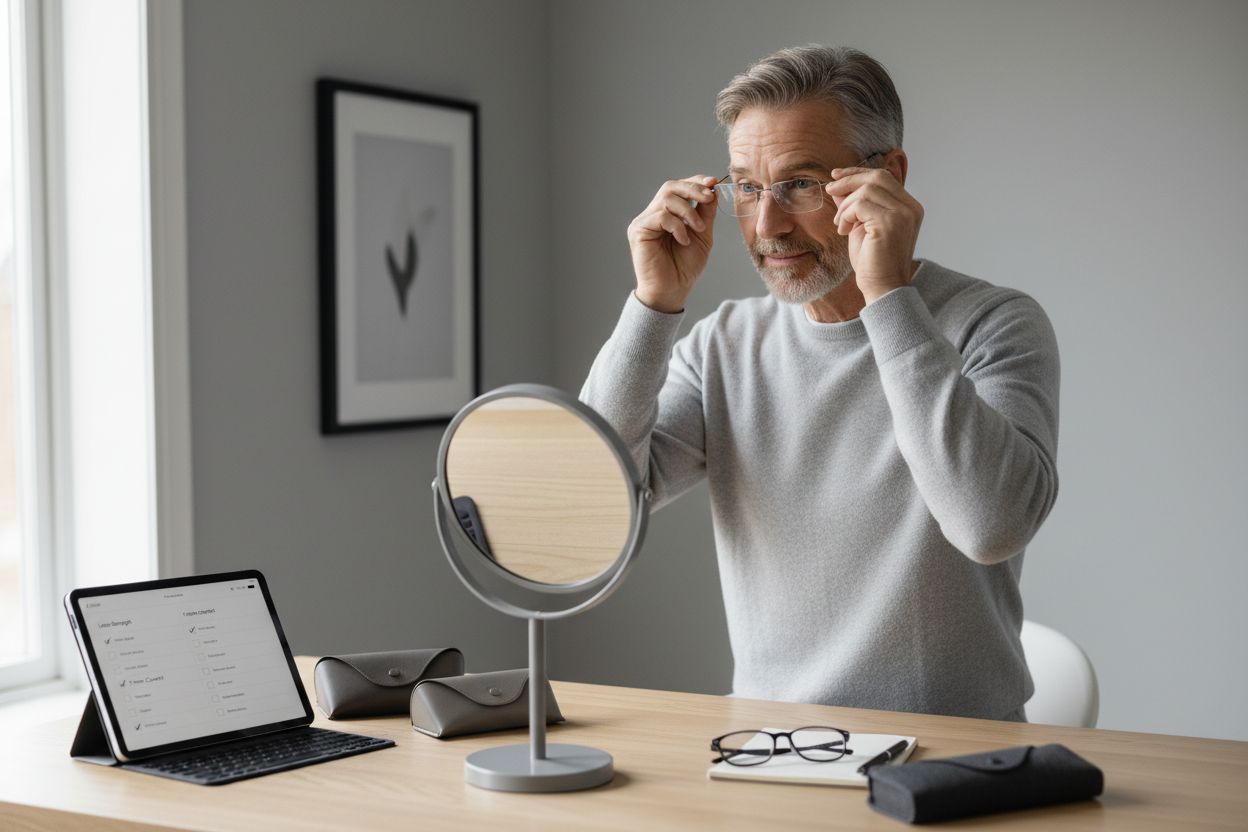
Understanding Prescription Types and Lens Options
Navigating the world of reading glasses involves understanding the nuanced differences between prescription types and lens options. Each selection impacts your visual comfort, daily performance, and overall eye health, making informed choices crucial for those experiencing age-related vision changes.
Below is a comparison table outlining common reading glasses prescription types and their distinct features to help you determine the best option for your needs.
| Prescription Type | Description | Key Benefit |
|---|---|---|
| Single-vision lenses | Magnify for close-up use only | Simple, consistent magnification |
| Bifocal lenses | Separate areas for near and distance viewing | Quick switch between tasks |
| Progressive lenses | Gradual change from near to distance correction | Seamless vision transition |
| Multifocal lenses | Support multiple focal ranges for varied tasks | Versatile use across activities |
Exploring Different Prescription Configurations
Reading glasses prescriptions are not one-size-fits-all solutions. Different vision correction approaches address various visual needs and challenges. Discover comprehensive insights about lens types to make an informed decision about your eye care.
Key prescription types include:
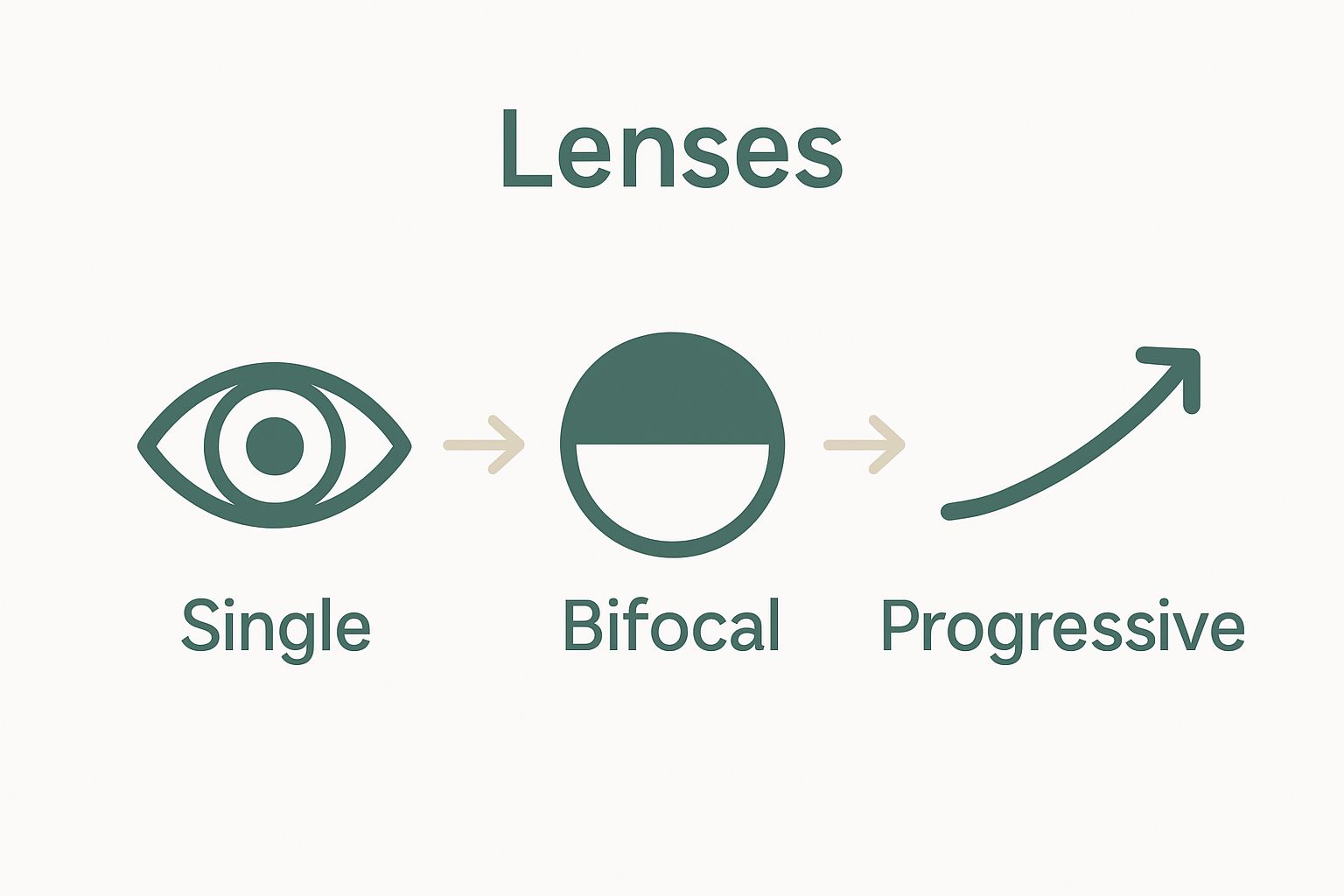
- Single-vision lenses for consistent close-up magnification
- Bifocal lenses with distinct near and distance viewing areas
- Progressive lenses offering seamless vision transition
- Multifocal designs supporting various visual ranges
Advanced Lens Material and Coating Options
Modern reading glasses offer sophisticated lens technologies that extend beyond basic vision correction. Advanced materials and protective coatings enhance visual clarity, comfort, and lens durability. Selecting the right combination can significantly improve your daily visual experience.
Consider these essential lens technology features:
- High-index plastic for thinner, lighter lenses
- Polycarbonate materials offering impact resistance
- Anti-reflective coatings reducing glare
- Blue light filtering technologies
By understanding these prescription types and lens options, you can select reading glasses that precisely match your unique vision requirements, ensuring optimal comfort and visual performance throughout your daily activities.
Ready for Clearer Vision? Find the Perfect Reading Glasses Today
Have you completed your reading glasses checklist but still struggle with blurry text or eye fatigue? Sorting through different lens strengths and frame styles can feel overwhelming when you want both comfort and style that truly suit your needs. Your vision is too important to risk the headaches, eye strain and lost confidence that come from using the wrong pair. Make clear sight part of your everyday life by browsing our Stylish Reading Glasses for Men and Women collection, designed especially for those who value quality and good looks.
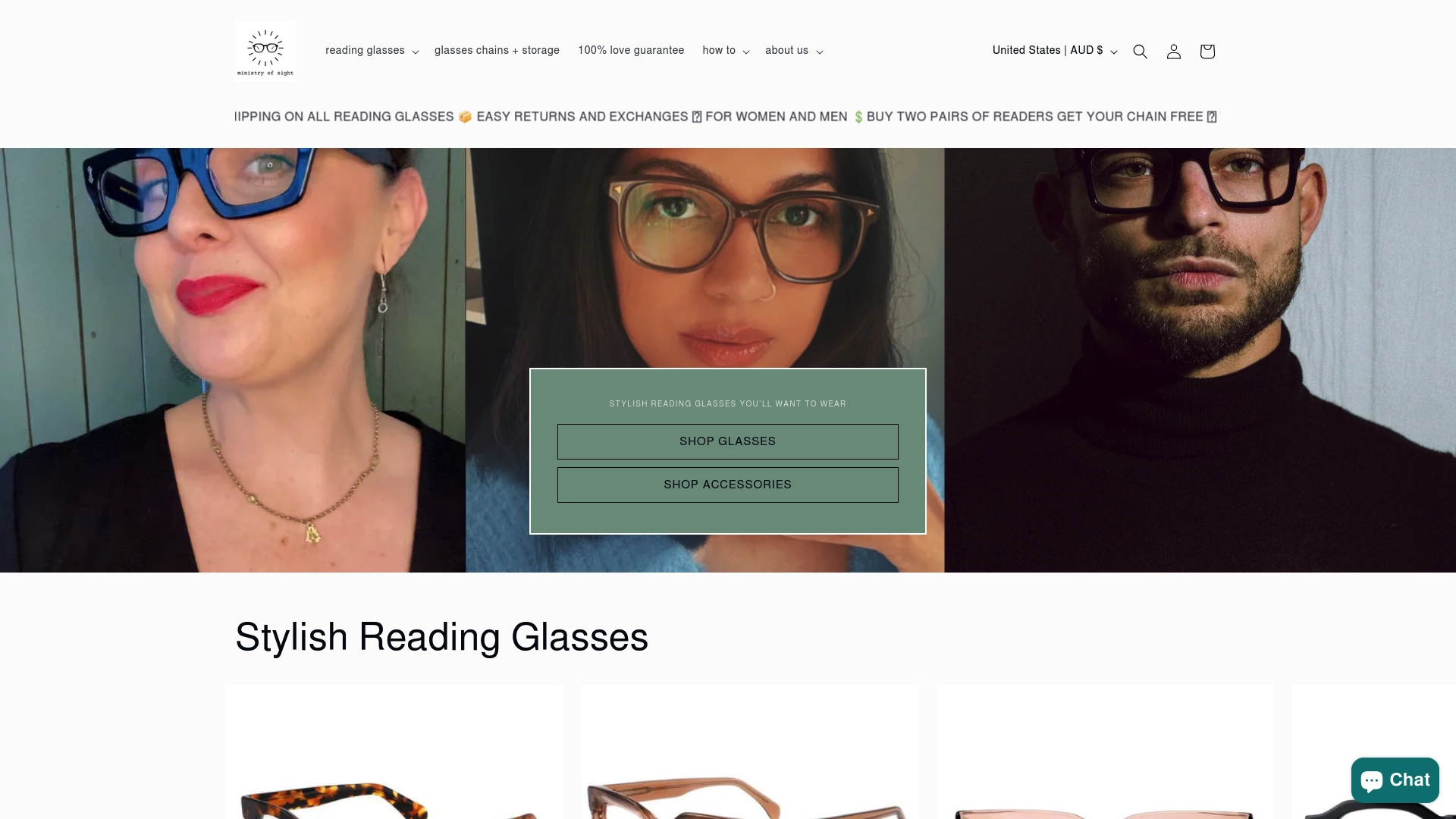
Stop settling for second best or making do with old frames. Visit ministryofsight.com.au and discover glasses that suit your checklist and your lifestyle. Feel free to explore our Retro Reading Glasses for a unique look as well. Shop now so you can read, work, and live with clarity and confidence every day.
Frequently Asked Questions
How do I determine the right lens strength for my reading glasses?
To find the correct lens strength, consult with an eye care professional who will provide a prescription based on your specific vision needs. Aim to get tested every 1-2 years to ensure your lenses align with any changes in your eyesight.
What should I consider when choosing the frame for my reading glasses?
Select a frame that is both lightweight and comfortable for extended wear. Evaluate how different styles suit your face shape and lifestyle, ensuring that the frame doesn’t slip or pinch during use.
Are there different types of lenses for reading glasses, and how do I choose?
Yes, there are various types of lenses, including single-vision, bifocal, and progressive lenses, each catering to specific visual needs. Assess your habits—if you frequently switch between distances, consider progressive lenses for seamless transition.
How can I reduce eye strain when using reading glasses?
To minimize eye strain, ensure your reading glasses have the proper prescription and take regular breaks during lengthy close-up tasks. Incorporate the 20-20-20 rule: every 20 minutes, look at something 20 feet away for at least 20 seconds.
What materials should I look for in the lenses of my reading glasses?
Opt for high-index plastic for thinner lenses or polycarbonate for added impact resistance. Evaluate any necessary coatings, like anti-reflective options to reduce glare and enhance clarity, particularly when using digital devices.
How often should I update my reading glasses?
You should aim to update your reading glasses prescription every 1-2 years, or sooner if you notice significant changes in your vision. Regular eye exams will help you stay on top of any optical adjustments needed.
Recommended
- Understanding the Complete Reading Glasses Checklist – ministry of sight
- Understanding What are Reading Glasses and Their Importance – ministry of sight
- Understanding the Types of Reading Glasses for Better Vision – ministry of sight
- Understanding the Reading Glasses Fit Guide for Better Vision – ministry of sight
- Complete Vision Plan Enrollment Guide for Adults 64+ -
